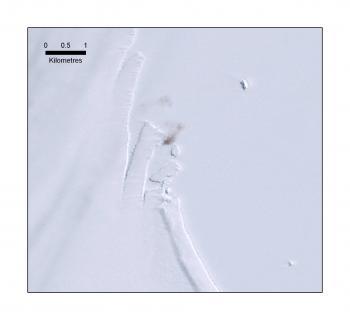Three pole-climbing robots designed to inspect underwater bridge piers and high-rise construction sites too dangerous for humans have taken the top prize at the 2008 International Capstone Design Fair Seoul National University of Technology in South Korea.
Designed by a team of students and recent graduates at the Robotics and Mechanisms Laboratory (RoMeLa) at Virginia Tech, Virginia, USA, the three-foot robots Hyper-redundant Discrete Robotic Articulated Serpentine for climbing (HyDRAS)-Ascent, HyDRAS-Ascent II and Climbing Inspection Robot with Compressed Air (CIRCA) won the crowd over and took first place at the 2008 International Symposium on Educational Excellence 2008 competition whilst their creators received a cash prize of 1,000,000KRW.
Using novel climbing mechanisms, the HyDRAS robots wrap themselves around pole-like structures using electric motors whilst CIRCA being donut-shaped, rolls upwards using an oscillating joint motion using compressed air. Equipped with built-in camera and sensors, they could be used to inspect structures or handle other dangerous tasks now done by humans, said Dennis Hong, director of RoMeLa and faculty adviser on the project.
Although some of the robots are currently operated by a laptop and wire, when asked how long it would be before they could be used in real situations, Hong told The Epoch Times, ‘These three robot prototypes demonstrated the feasibility and usefulness of the concept. There is still more research work to be done for these to be able to be an actual product, but we believe we will be able to see these robots in real use in 3 to 5 years as the demand would be high in the real world.’
However, the HyDRAS-Arm, in particular has much more of a human touch over current military robots in the way it is controlled. Military robot arms are controlled by joysticks, whereas the HyDRAS-Arm uses an optical fibre. Hong said to The Epoch Times, ‘It is very difficult and expensive to train a person to operate a multi-degree of freedom (many joints) robot arm. If using a joy stick, you can only control a number of motions. HyDRAS-Arm uses a 3D shape-sensing tape to remotely operate a multiple degree of freedom serpentine arm intuitively, as the serpentine arm robot directly mimics the shape of the optical fibre shape-sensing tape.’
Cited by Hong, the 2006 U.S. Bureau of Labor Statistics reported 1,226 deaths of construction workers, a 3 per cent increase from 2005, and 809 deaths from falls.
Hong, who is passionate about developing robots to help society, has previously been involved in many award-winning projects including RoboCup 2008, a humanoid robot football competition that took place in China earlier this year.







